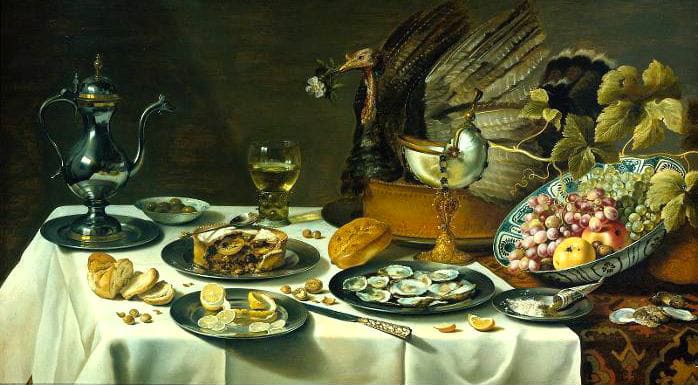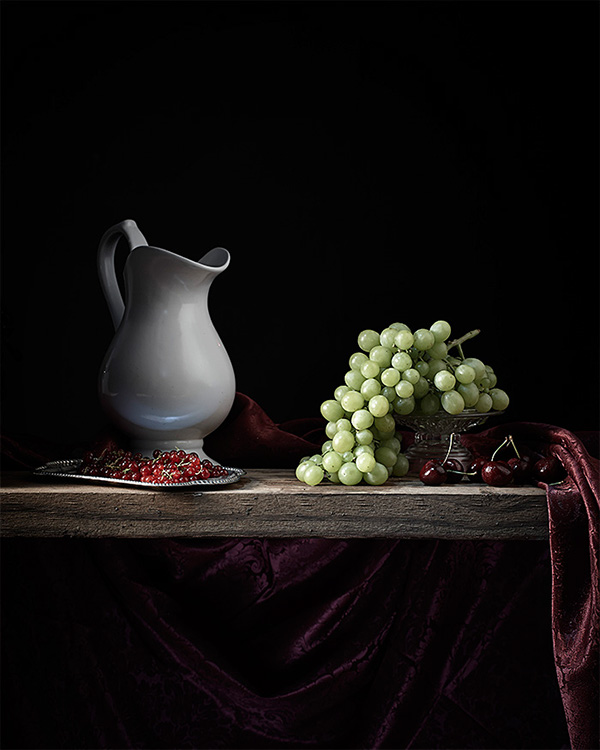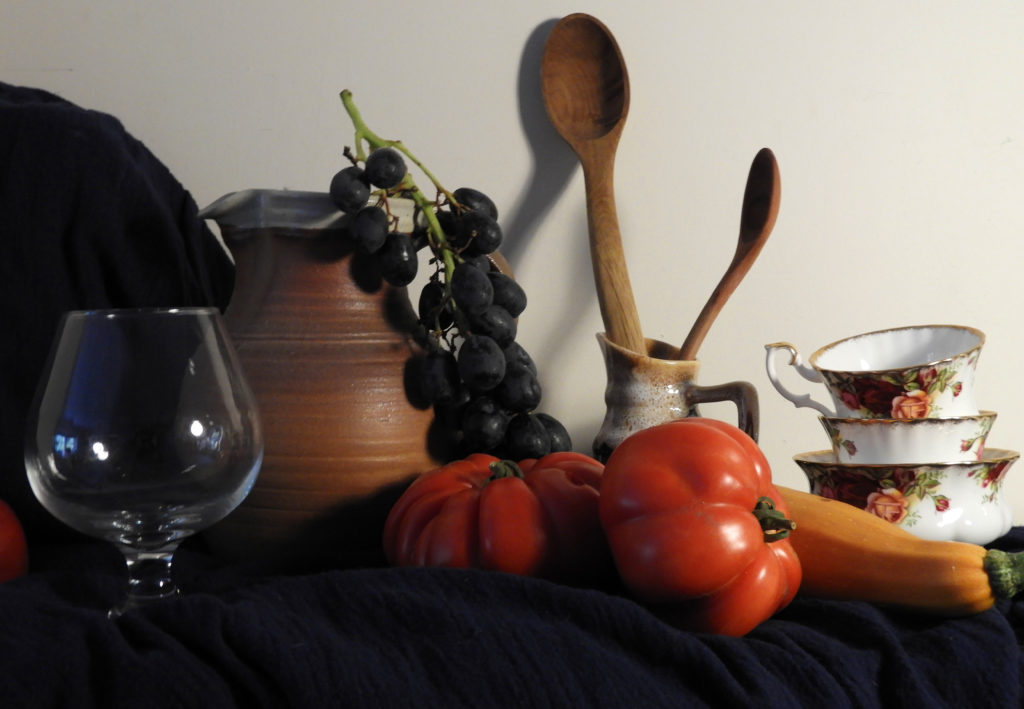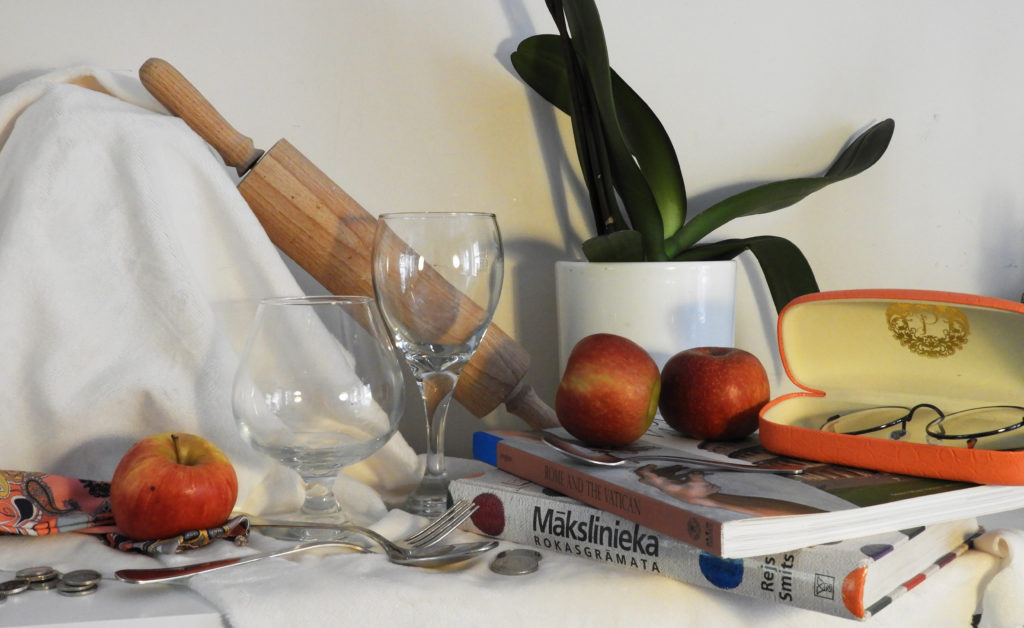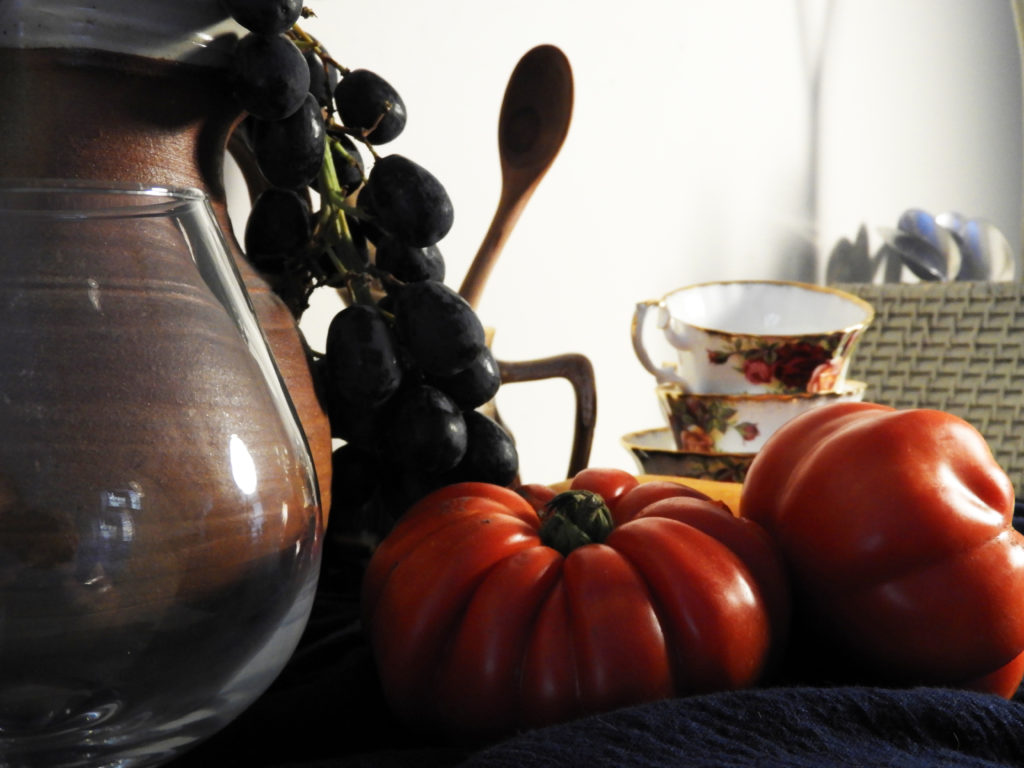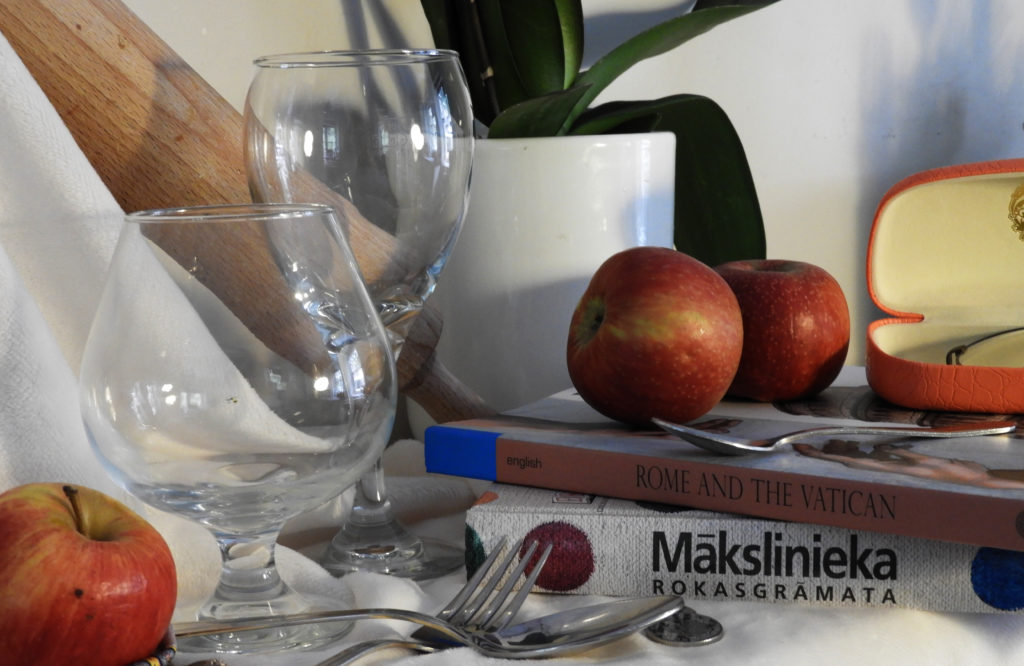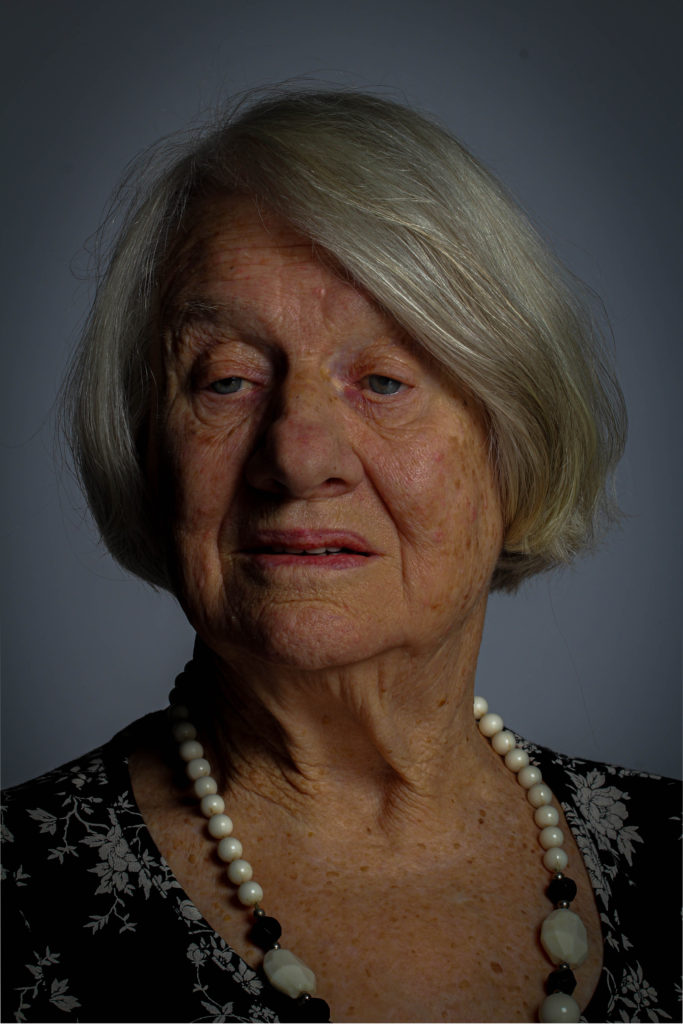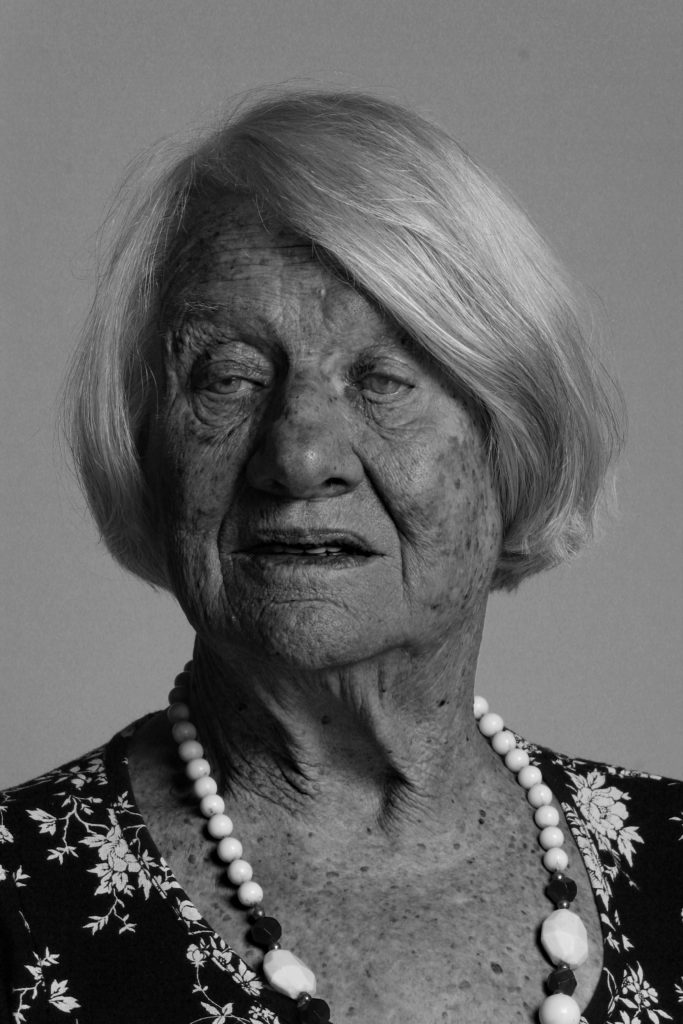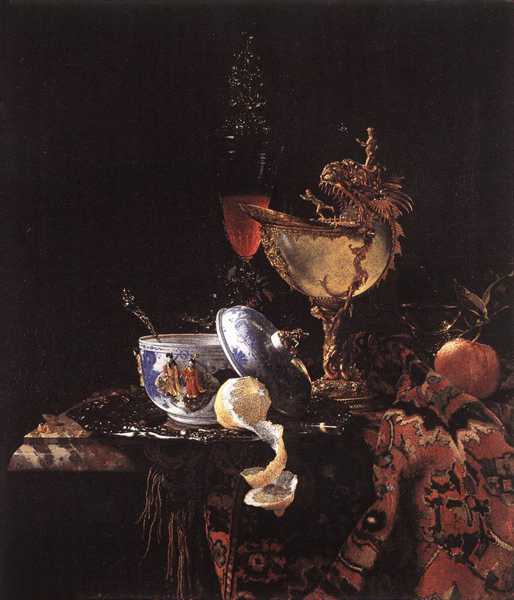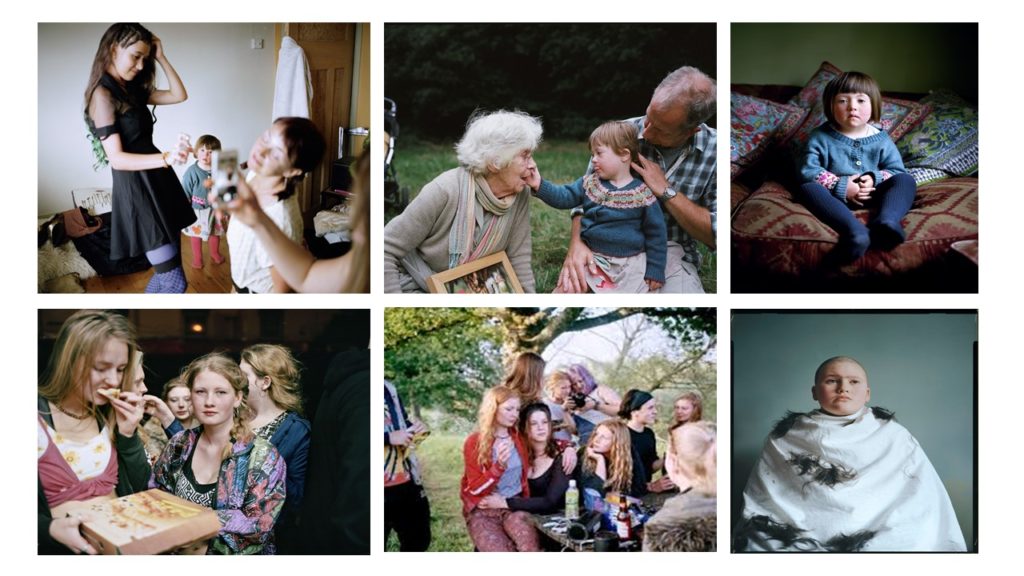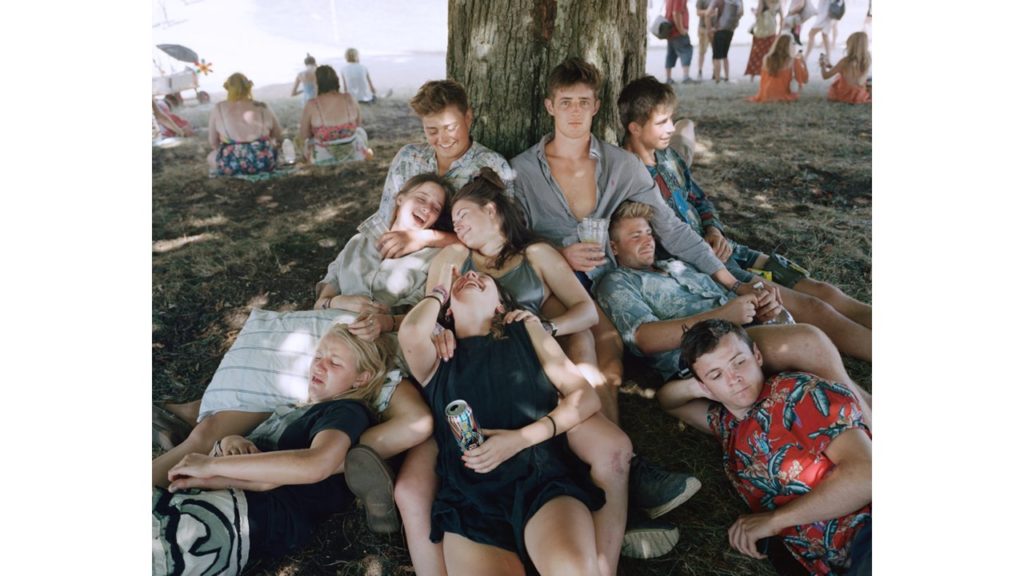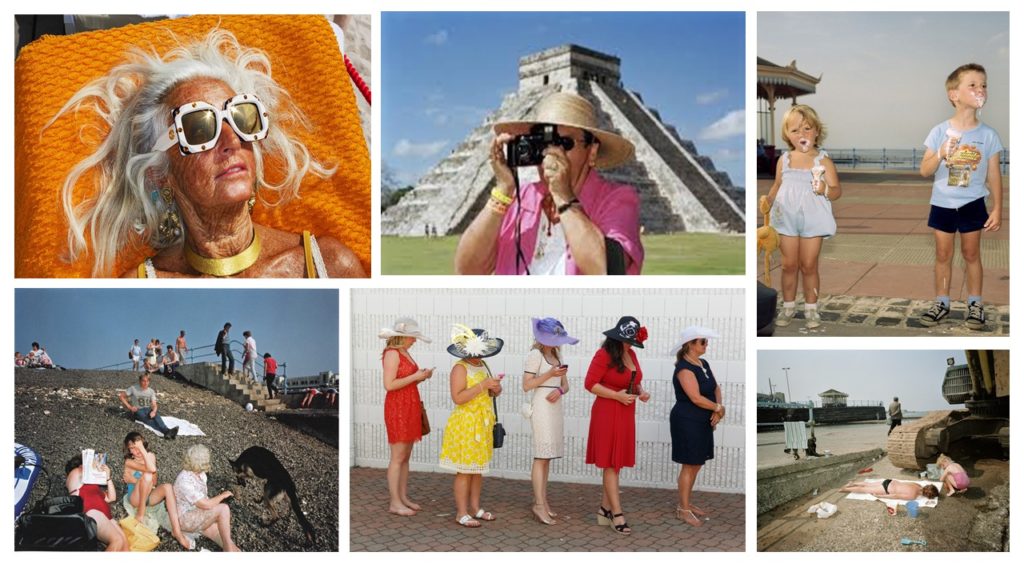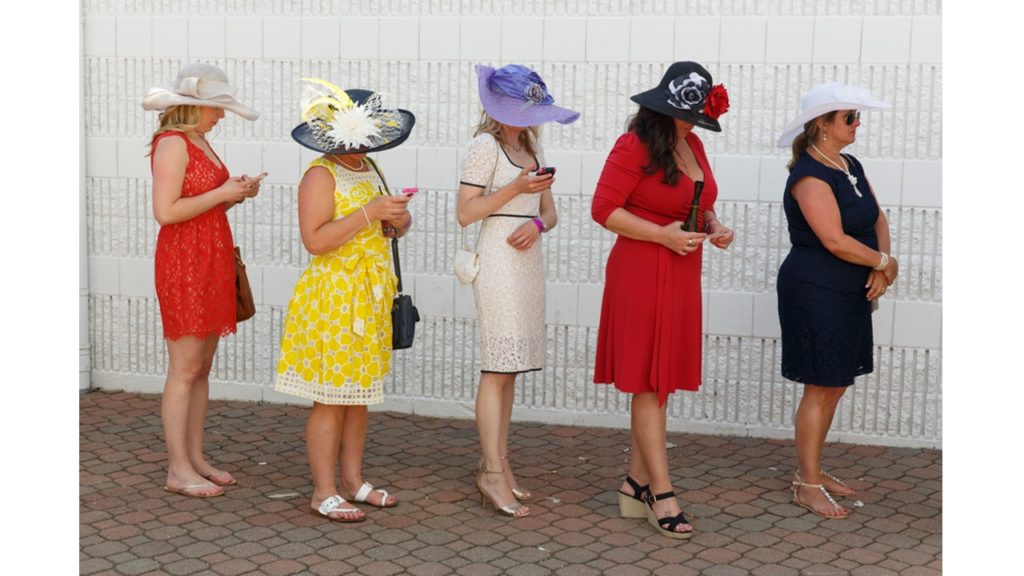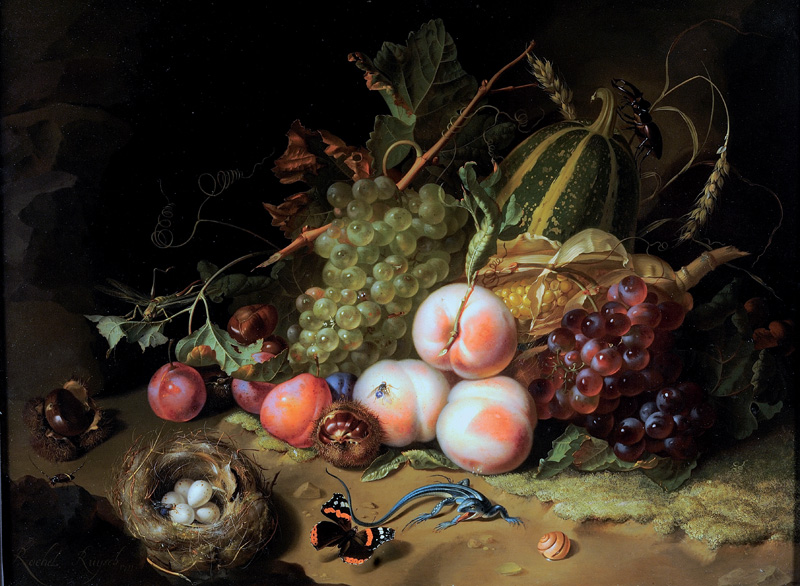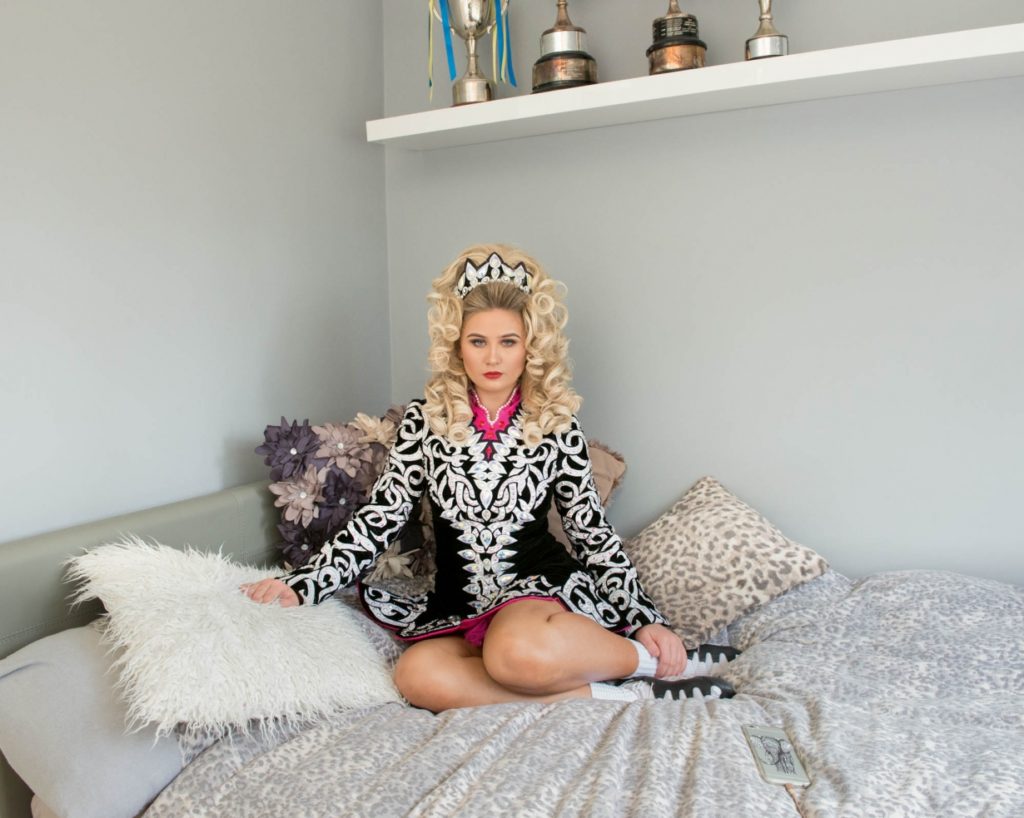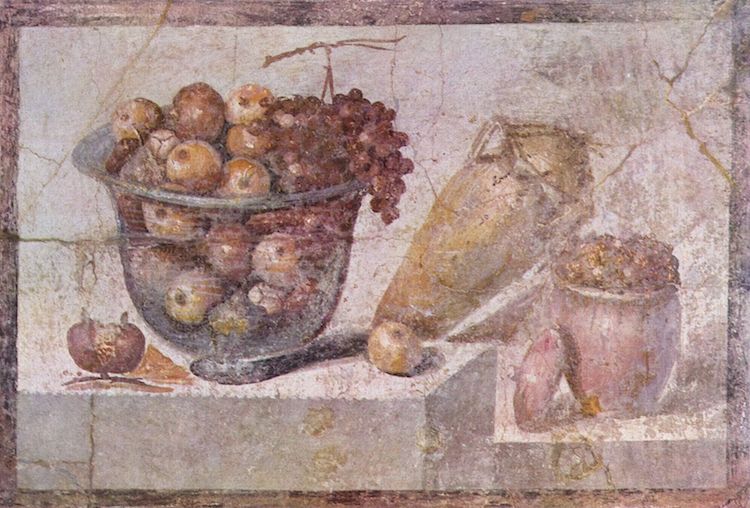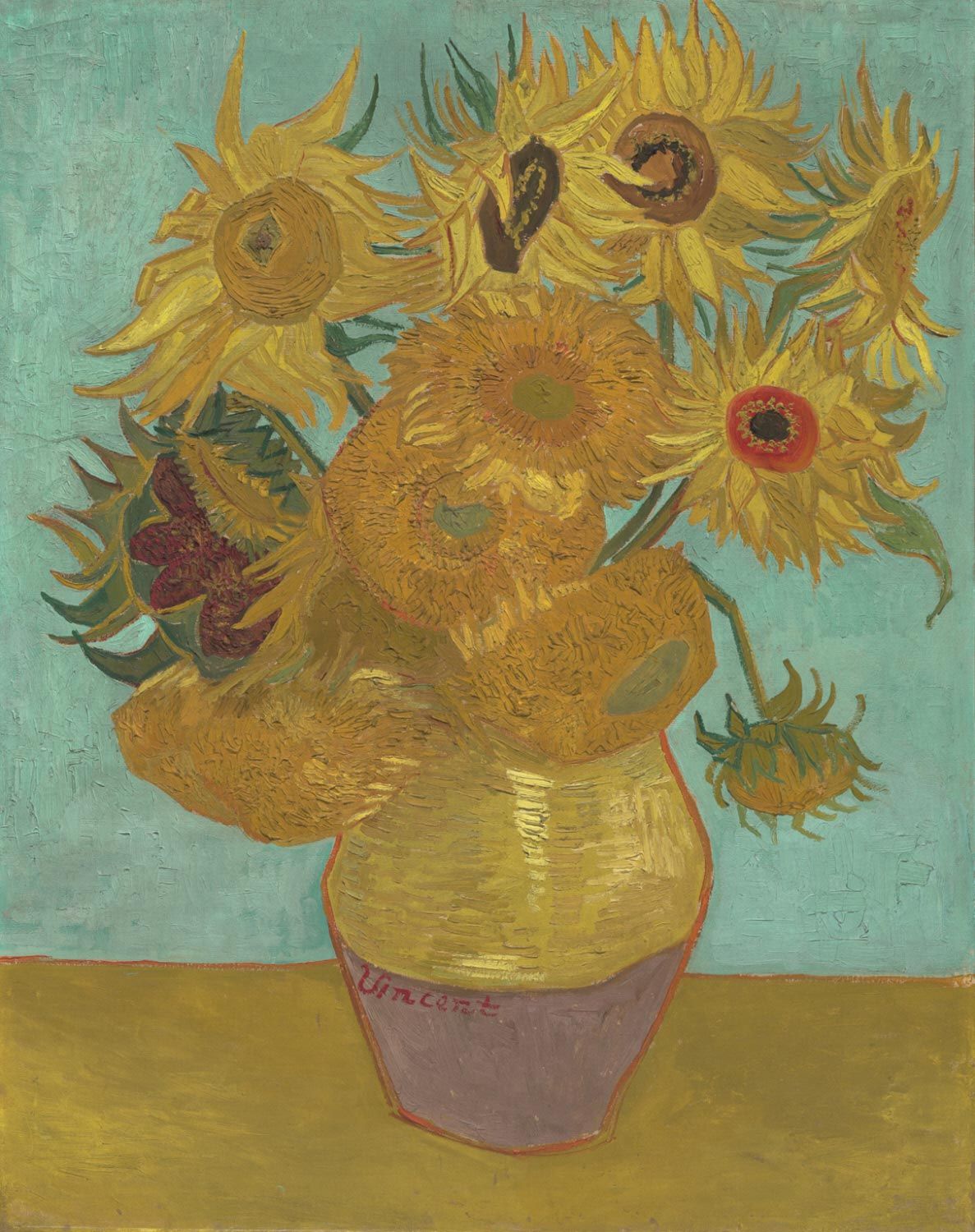Pieter Claesz lived through the 1600’s when still-life paintings began to take off, during this time he was soon titled a ‘Dutch Golden Age Painter of Still-Life’. He was born in 1597 in Belgium. His art work was painted with subdued, virtually monochrome colours, with a subtle handling of light and texture allowing the symbolic meanings and expressions within the outcome to clearly be showcased. It is common to see motifs such as skulls for allegorical purposes. His work avoided a crowded composition and stuck to simplicity in order for the prime symbolism to be shown. It is said the Claesz artistic aim was to render the materials and catch the reflected light as accurately as possible, which was considered his speciality with still life pieces. He was the first artist to portray everyday objects, such as a rummer, a tin plate and a herring, in such a way to showcase the beauty of the objects.
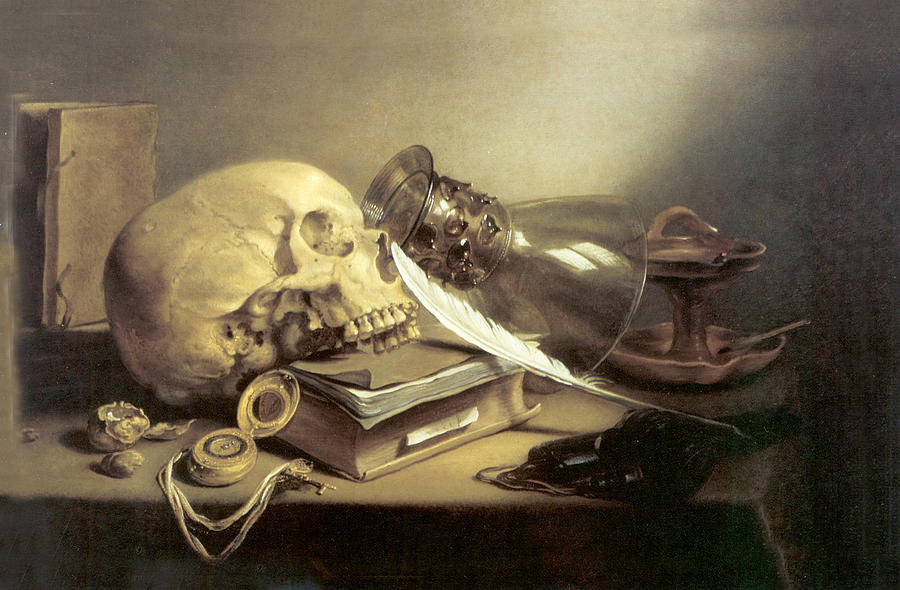
The image above is ‘Still Life with a Skull and a Writing Quill’ painted in 1628 by Pieter Claesz. The artist used a median of wood and painted the image using oil paint. The sizing of the painting is 24.1 cm by 35.9 cm and can be found in the Metropolitan Museum of Art in New York. The painting falls into the subcategory of Vanitas
Visually, the art piece creates a sense of business through the proximity of all the objects, which contrasts the small amount of objects there actually is. The first item my eyes are drawn to is the skull, which presents the formal elements of texture and scape. In addition, it informs viewers that the work falls into the still life subcategory of vanitas. The skull itself symbolises the death and mortality, which is also emphasised by the pocket watch, located in the foreground of the skull, which is symbolic for a lack of time, creating the overall ideology that life is short. The skull is leaning on a book which has a quill placed next to it, (contextually, and expensive item during the time period the work was painted in, creating a stronger meaning towards the symbolism it holds.), which is a common feature in a vanitas painting, which is used to warn viewers of the futility of worldly pursuit. Moreover, in the background there is an old school candle holder, with the glass covering laying beside it. You can faintly see an amber in the holder, suggesting the candle has just been blown out, which symbolises a passage of time and reinforce the sense of death.
After deciphering the symbolic representation of each item within the frame, it clearly demonstrates the intended conceptual representation in the work. The painting is suggesting, that time is short and that we do not have long left till we die, bringing in the concept of death (which many feared the thought of death in 1628). Contextually, the concept of death is major due to the two outbreaks of the bubonic plague during this time. Suggesting the idea of death and lack of time, emphasises the ideology that people thought the plague would kill everyone off and that when people gain the illness they do not have long before it kills them off.
The main formal elements presented within this painting are texture, space and shape, which are all presented through the positing of the different objects. Overall, the painting has a morbid tone which is emphasises by the monochrome colours. Claesz, focused on accurately representing the light, which I think he was successful in doing within the still life painting. This is due to an accurate reflection on the glass and the artificial light source being shone and above, and has a clear radius. This lighting also mainly illuminates the skull, making it the main focal point of the painting, which clearly emphasises the conceptual representation within the piece.

